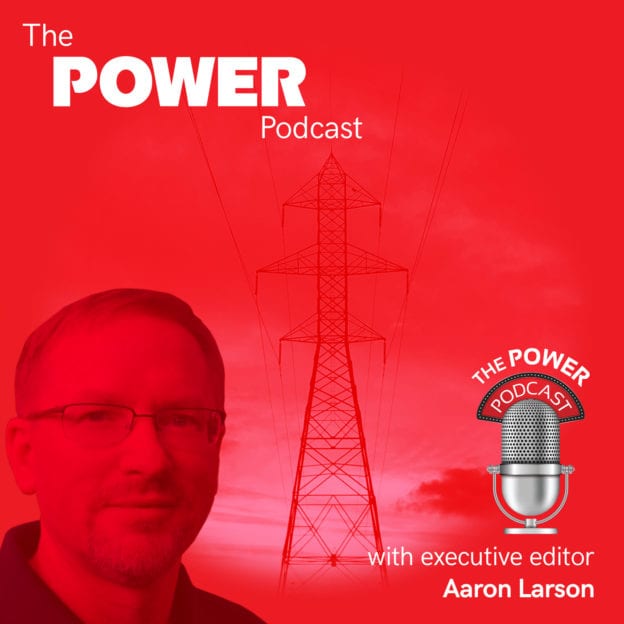How to Find the Lowest-Cost Option for Electricity in Competitive Markets [PODCAST]
The post How to Find the Lowest-Cost Option for Electricity in Competitive Markets [PODCAST] appeared first on POWER Magazine.

How electricity is delivered to customers in the U.S. is complicated. Consumers in some states have no choice who supplies their power; state commissions regulate utilities as vertically integrated electricity providers. Other states utilize a competitive model in which power producers can openly access transmission infrastructure and participate in wholesale electricity markets. Yet, there isn't complete consistency among states within the two general models. The entire system is a complex mechanism where different technologies, jurisdictions, and regulatory designs must interact.
Free-market proponents will tell you that having competition is the preferable alternative, but that is debatable if you look at power prices in different areas. According to a study published by the American Public Power Association, the average revenue per kWh in regulated states has been less than in deregulated states.
Currently, 15 states and the District of Columbia have deregulated electricity markets. The states are Connecticut, Delaware, Illinois, Maine, Maryland, Massachusetts, Michigan, New Hampshire, New Jersey, New York, Ohio, Pennsylvania, Rhode Island, Texas, and Virginia. But for consumers, understanding and choosing the best option to meet their needs can be difficult.
That's where a company like WattBuy comes in. WattBuy is an online electricity marketplace that helps customers save on electricity costs by identifying the best option and switching users to the cheapest electricity provider.
So, the way that we work is we have an algorithm that looks at how your home uses electricity down to 15-minute increments, and we take into account all sorts of data," Naman Trivedi, co-founder and CEO of WattBuy, said as a guest on The POWER Podcast. Among the things WattBuy considers are a home's square footage, number of bedrooms, number of bathrooms, and historic usage data. It also compares a customer's data to that of other consumers in the same area. With the information, We can get pretty accurate at predicting what your home's electricity usage will look like," Trivedi said.
Understanding usage is only the first piece of the puzzle. Then, WattBuy looks at plans offered by power companies to see which one fits best for the customer in question. That includes evaluating tier-pricing options, which comes into play when a different rate applies to different usage thresholds. For example, rates could differ from 0-500 kWh, 500-1,000 kWh, and greater than 1,000 kWh. Other things that may need to be considered include available rebates, promotional incentives, loyalty plans, time-of-day usage, and renewable energy preferences of the consumer.
There's obviously a lot to consider, but Trivedi said WattBuy can save customers as much as 40% on their electric bills. We have that machine learning model that assures that we're going to be very accurate," he said. The best part about it is that it continues to improve over time."
Trivedi has an interesting background. He was included on the 2020 Forbes 30 Under 30" list in the Energy category. On the podcast episode, Trivedi told about some of the past projects he's been involved in, which include working with the Silicon Valley Leadership Group promoting a policy initiative for community choice aggregation, working for the White House Office of Science and Technology under the Obama administration, and working on renewable energy projects in Haiti and Paraguay.
Hear the full interview on The POWER Podcast. Follow the links below to subscribe via your favorite platform or click on the SoundCloud player to listen now:
The POWER Podcast How to Find the Lowest-Cost Option for Electricity in Competitive MarketsFor more power podcasts, visit The POWER Podcast archives.
-Aaron Larson is POWER's executive editor (@AaronL_Power, @POWERmagazine).
The post How to Find the Lowest-Cost Option for Electricity in Competitive Markets [PODCAST] appeared first on POWER Magazine.